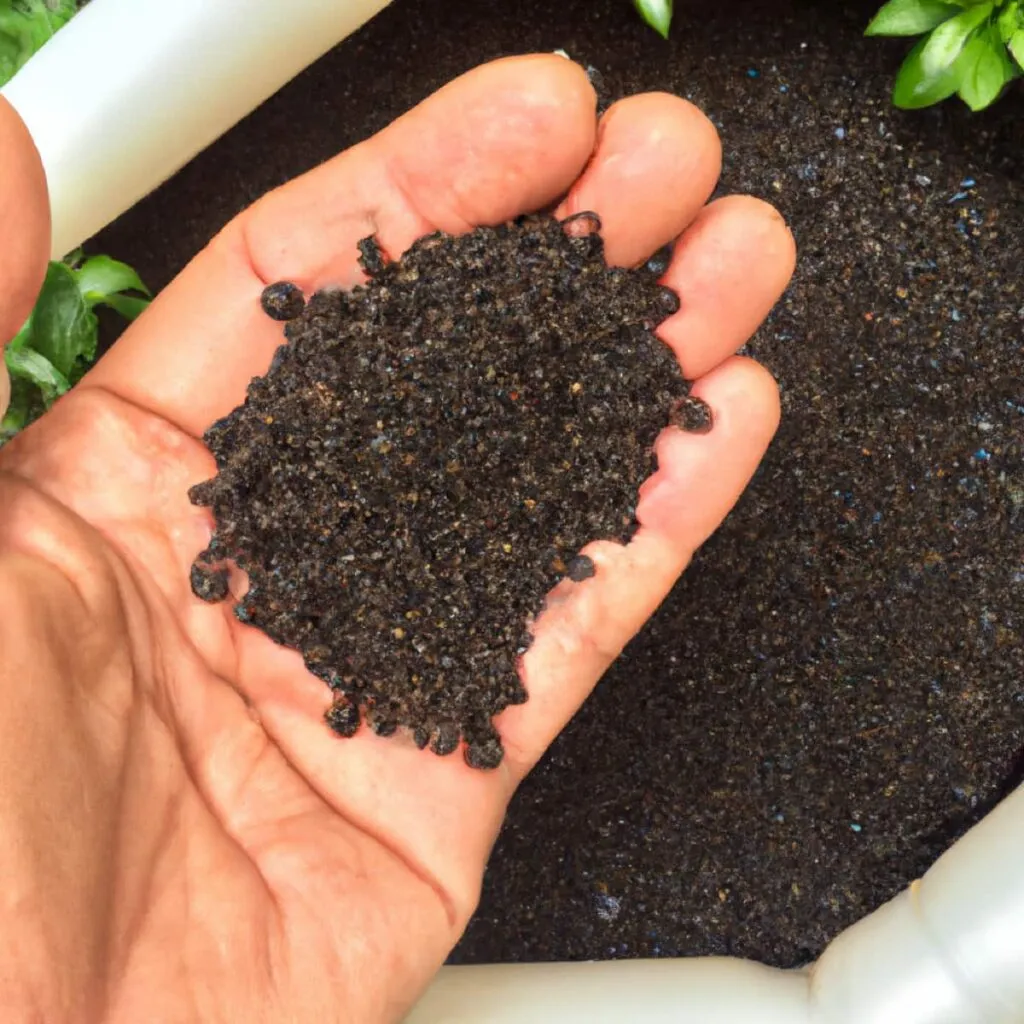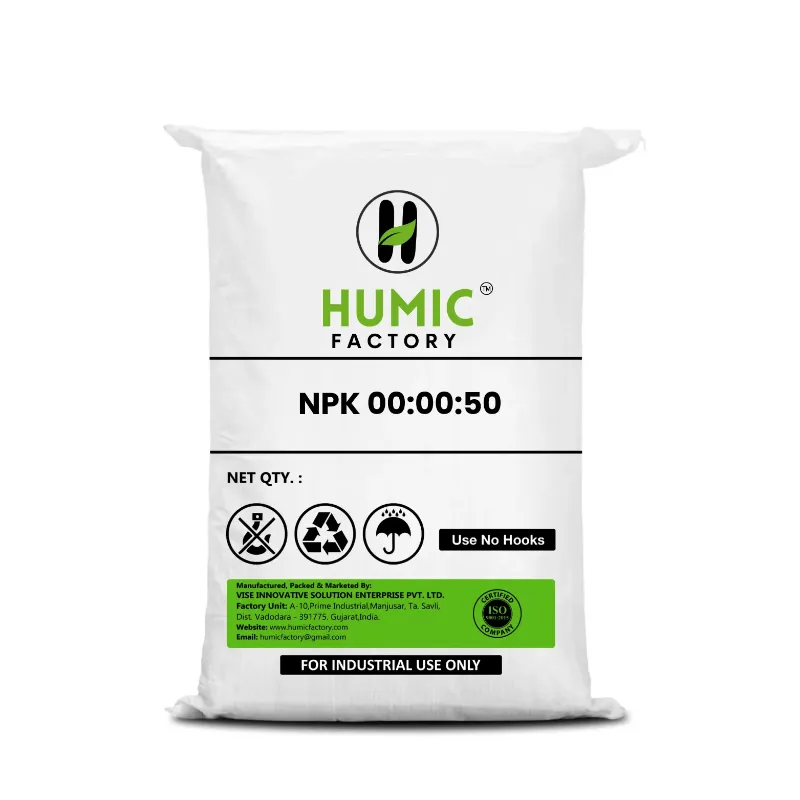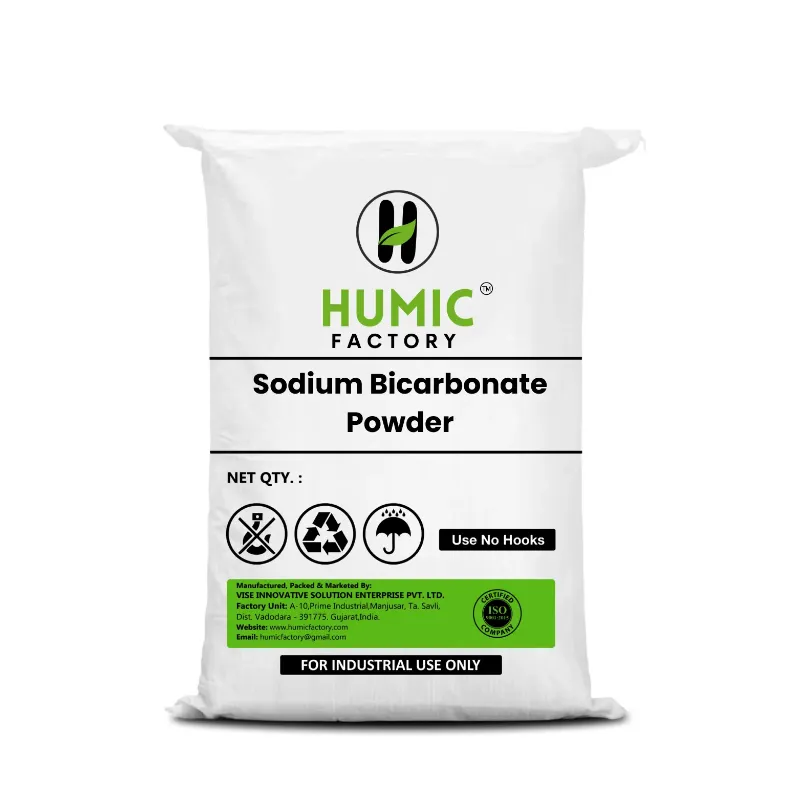In agriculture, the use of humic acid as a soil amendment is subject to various guidelines, regulations, and recommendations aimed at ensuring its safe and effective application while minimizing potential risks to the environment, human health, and crop production. These guidelines and regulations may vary depending on factors such as regional regulations, certification standards (e.g., organic certification), and specific crop management practices. While specific guidelines for using humic acid in agriculture may differ among countries or regions, several general principles and considerations apply to its responsible use. Here are some key guidelines, regulations, and recommendations for using humic acid in agriculture:
1. Product Registration and Labeling:
In many countries, agricultural inputs, including soil amendments such as humic acid products, are subject to registration and regulation by government authorities responsible for agriculture or environmental protection. Manufacturers of humic acid products are typically required to register their products and obtain approval for their sale and use in agriculture. Registered products must comply with labeling requirements, including product name, active ingredients, application rates, safety precautions, and storage and handling instructions.
2. Quality and Purity Standards:
Regulatory authorities may establish quality and purity standards for humic acid products to ensure their safety, efficacy, and consistency. These standards may specify criteria such as minimum and maximum concentrations of humic and fulvic acids, permissible levels of contaminants (e.g., heavy metals, pathogens), and quality control measures for product manufacturing and testing. Compliance with quality and purity standards helps maintain product integrity and reliability for agricultural use.
3. Safety and Handling Precautions:
Firstly humic acid products should be handled and applied in accordance with safety precautions and best practices to protect human health, safety, and the environment. Manufacturers provide safety data sheets (SDS) and product labels with information on proper handling, personal protective equipment (PPE), first aid measures, storage conditions, and disposal methods. Users should follow these recommendations to minimize risks associated with product handling and application.
4. Application Rates and Methods:
Guidelines and recommendations for humic acid application rates and methods are typically provided by manufacturers based on product formulation, intended use, and crop-specific requirements. Application rates may vary depending on factors such as soil type, crop type, growth stage, and specific agronomic practices. Humic acid can be applied to soil through methods such as soil incorporation, fertigation, irrigation, foliar spray, or seed treatment, with recommended application rates tailored to each method.
5. Compatibility with Other Inputs:
Humic acid products should be compatible with other agricultural inputs such as fertilizers, pesticides, and soil conditioners to ensure their effectiveness and minimize adverse interactions. Manufacturers may provide recommendations for product compatibility, application sequences, and timing to optimize the performance of humic acid in combination with other inputs. Compatibility testing and field trials may be conducted to assess the interactions between humic acid and other agricultural products under various conditions.
6. Environmental Considerations:
In agriculture, practitioners should consider environmental factors when utilizing humic acid to minimize potential risks to soil, water, and ecosystems. They should choose application rates, methods, and timing carefully to prevent humic acid or its constituents from causing excessive runoff, leaching, or contamination of surface water or groundwater. Sustainable application practices, such as precision agriculture, soil conservation measures, and integrated pest management (IPM), can help minimize environmental impacts while maximizing the benefits of humic acid in agriculture.
7. Regulatory Compliance:
Also users of humic acid products in agriculture are responsible for complying with relevant regulations, guidelines, and requirements established by regulatory authorities governing agricultural inputs, environmental protection, and food safety. Compliance with regulations related to product registration, labeling, safety, and environmental protection helps ensure the responsible and legal use of humic acid in agriculture and minimizes potential liabilities associated with non-compliance.
8. Certification Standards:
For organic farming and certification programs, humic acid products used as soil amendments must comply with specific standards and requirements established by organic certification bodies or programs. Organic certification standards typically include criteria related to product ingredients, processing methods, prohibited substances, and allowable inputs. Humic acid products used in organic farming must meet these standards to maintain organic certification status and ensure compliance with organic farming principles.
9.Research and Education:
Accordingly to the Continued research, education, and extension efforts are essential for providing growers with up-to-date information, best practices, and recommendations for using humic acid effectively and responsibly in agriculture. Research studies, field trials, and extension programs can help validate the efficacy of humic acid products, evaluate their performance under different conditions, and develop science-based guidelines for their application in diverse cropping systems.
In summary, guidelines, regulations, and recommendations for using humic acid in agriculture aim to ensure its safe, effective, and responsible application while minimizing potential risks and maximizing its benefits for soil health, plant growth, and crop productivity. So by adhering to these guidelines and complying with regulatory requirements, growers can make informed decisions about the use of humic acid as a valuable soil amendment in sustainable agricultural production.





